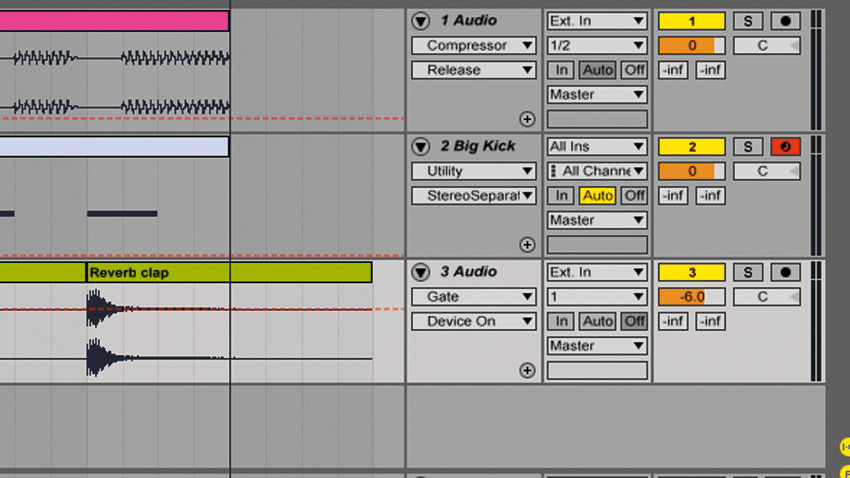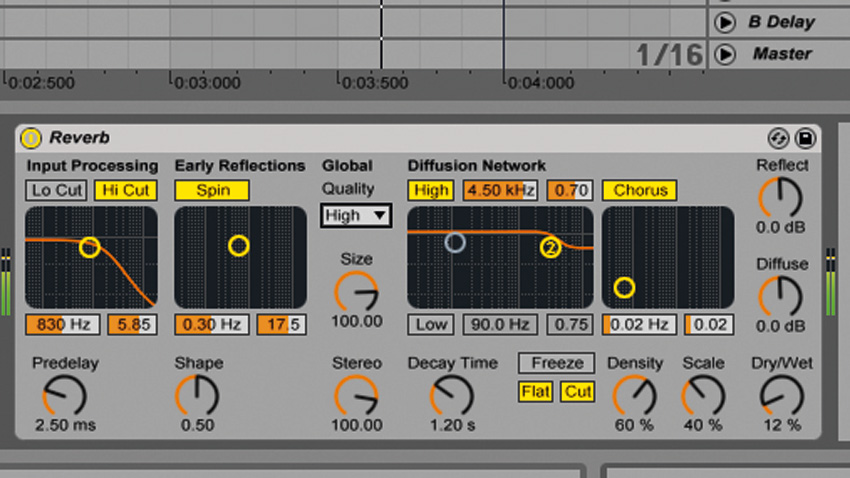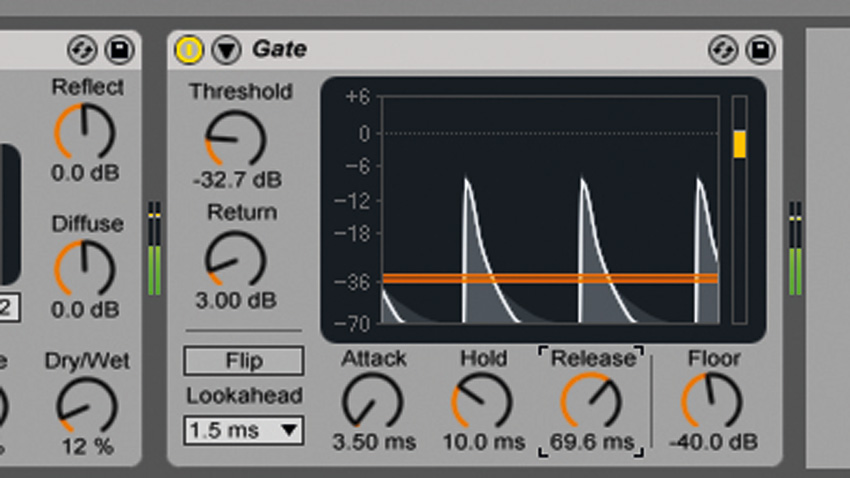How to rework an over-processed clap
We show you how to tame the reverb tail on an overexcited handclap
Opening image: © Image Source/Corbis
We've all felt the frustration of stumbling upon a sample that would be perfect if its creator hadn't gone over the top with their compressor or reverb. While it makes a lot of sense that the developers of soundware libraries process their material so much - it makes them sound more impressive and polished - this often renders the samples less usable.
However, all is not lost: it's possible to use some very standard effects to perform simple audio restoration on these sounds. Believe it or not, simple dynamic processors have the power to strip away the excess processing these sounds have been subjected to.
In this tutorial we'll see how you can use the humble gate to remove excessive reverb (which can then be replaced with your own effect), and how over-the-top compression can be countered with some remedial compression of your own. By using these effects in conjunction, you can turn flabby samples into tight, punchy sounds that will fit into your minimal mixes much more easily.
For more on powering up your minimal beats, check out Future Music issue 285, which is on sale now.

Step 1. Our clap sounds great, but it's got a huge, noisy reverb tail. This doesn't really work with the minimal vibe we're creating, so let's get rid of that reverb and replace it with our own effect. Start by adding a gate as an insert on the channel.

Step 2. Here we're using Live's stock Gate with the Threshold at -24.7dB. The reverb tail is too quiet to pass through the gate, so we're left with just the dry clap sound. We can take this opportunity to process the dry signal on its own, using a compressor to enhance the clap's transients.
Want all the hottest music and gear news, reviews, deals, features and more, direct to your inbox? Sign up here.

Step 3. With a low Threshold (-infdB), adjusting the Attack time controls how hard the transient hits. With automatic make-up gain mode activated, this can result in very loud output - be careful! Use the Dry/Wet knob to balance the processed and unprocessed versions of the clap.

Step 4. Now it's time to add our new reverb. This shouldn't be too big, as we want to just stop the clap from sounding so dry. With Live's Reverb, a Decay time of 1.2 seconds and a Dry/Wet level of 12% is enough. You may want to change the Quality mode to High to get a more pristine sound.

Step 5. To control the tail of this new reverb, we add another Gate. Turn down the Threshold until you're in the right ballpark for the amount of reverb you want to let through, then bring up the Release to stop the reverb tail from ending so abruptly.

Step 6. Our clap is still basically mono. Let's move it into the sides of the mix with some chorus - Togu Audio Line's free TAL-Chorus-LX. Add it after the final Gate, and turn the Dry/Wet knob down to about 8 o'clock.
Future Music is the number one magazine for today's producers. Packed with technique and technology we'll help you make great new music. All-access artist interviews, in-depth gear reviews, essential production tutorials and much more. Every marvellous monthly edition features reliable reviews of the latest and greatest hardware and software technology and techniques, unparalleled advice, in-depth interviews, sensational free samples and so much more to improve the experience and outcome of your music-making.
